Disability Aids For Seniors
Disability Aids For Seniors
As individuals age, it prevails for them to experience a decline in physical and cognitive abilities. For elders who have a disability, this decrease can become more substantial and impact their life.
Nevertheless, there are numerous disability aids offered that can assist elders preserve their self-reliance and quality of life. These help can can be found in the form of mobility devices, adaptive tools for eating and drinking, tools for dressing and grooming, house adjustment aids, and interaction aids.
By utilizing these aids, senior citizens can continue to carry out everyday jobs that may have become challenging due to their special needs. In this article, we will check out the various kinds of disability help offered for seniors and how they can improve their general wellness. There are several disability aids for seniors available.
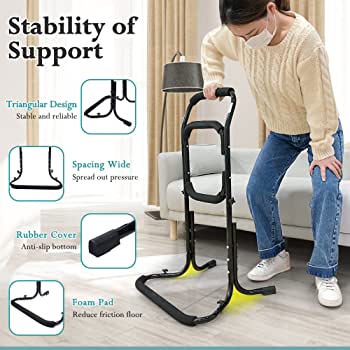
Disability Aids For Seniors
Strolling aids are a popular choice for seniors who need assistance with balance. These aids consist of canes, crutches, and walkers. Walking sticks are a great alternative for those who need a little extra assistance, while walkers are ideal for individuals who need more considerable aid with balance. Crutches are normally used for those who have actually suffered an injury and require assistance for a limited quantity of time.
Wheelchair options are also offered for senior citizens who require more extensive assist with movement. There are various kinds of wheelchairs to choose from, consisting of handbook and electric alternatives. Manual wheelchairs are propelled by the user, while electrical wheelchairs are powered by a battery. Both types of wheelchairs been available in a range of sizes and designs to meet individual requirements.
Stairlift services, scooter types, and transfer devices are other options readily available for seniors with limited mobility. Stairlifts are gadgets that help people browse stairs securely, while scooters offer a method of transport for those who are unable to walk long distances. Transfer devices such as lifts and transfer boards can assist elders move from one surface area to another, such as from a bed to a wheelchair.
With these various alternatives offered, senior citizens with limited movement can discover the right help to help them navigate their surroundings safely and individually.
Reacher Grabber
Using adaptive tools for dining, such as feeding devices, drinking aids, and swallowing tools, can greatly boost the dining experience for seniors. These tools can assist individuals with handicaps or restrictions to drink and eat with higher ease and convenience.
There are a variety of adaptive tools readily available, consisting of specialized utensils and cups, that can help with mealtime jobs, such as cutting, scooping, and lifting. One typical type of adaptive tool for dining is utensil modifications. These can consist of weighted or angled utensils, along with utensils with bigger handles or grips, making them much easier to hold and manage.
Other adaptive tools for consuming and drinking include spill-proof cups, straws, and specialized plates and bowls. These tools can assist individuals with conditions such as arthritis, Parkinson's disease, or other physical disabilities keep their independence while consuming.
For people with more extreme impairments or conditions, mealtime support may be required. Caretakers or relative can supply hands-on support with feeding and drinking, or specialized feeding gadgets may be used to help with swallowing troubles.
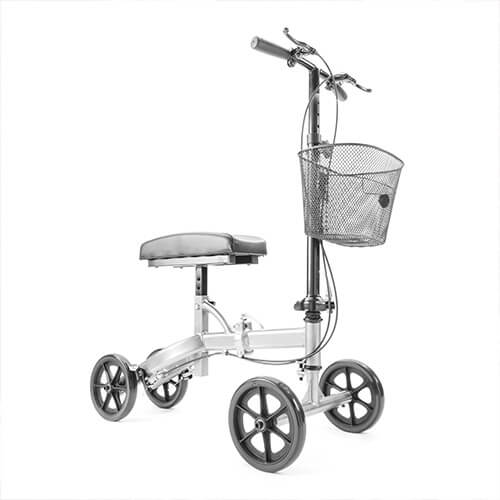
Overall, making use of adaptive tools and mealtime help can considerably enhance the quality of life for senior citizens with specials needs, enabling them to maintain their self-respect and independence while performing these vital everyday tasks.
Assistance with dressing and grooming can be made easier through making use of assistive tools designed to promote self-reliance and enhance the day-to-day routines of people with physical limitations.
For individuals who have difficulty with buttoning their clothing, dressing sticks and button hooks can be practical. These tools allow individuals to secure buttons without the use of great motor abilities and lower the time required to finish dressing jobs. Assistive clothes, such as magnetic closures or Velcro fasteners, can also be used to make dressing easier and more effective.
Grooming help such as adaptive combs can be utilized to help individuals with minimal hand dexterity in styling their hair. These combs have bigger handles, that make them much easier to grip and control. Furthermore, long-handled combs can be used to reach the back of the head and assistance individuals with restricted mobility to style their hair individually.
Similarly, adaptive brushes and combs can be used for grooming facial hair. These tools can be helpful for individuals who have problem holding a traditional brush or comb due to arthritis or other physical limitations.
In general, adaptive tools for dressing and grooming can substantially enhance the quality of life for seniors with specials needs. These tools help promote self-reliance and keep day-to-day routines, which can have a positive effect on mental and psychological wellness. By utilizing assistive tools, seniors can continue to participate in self-care activities and keep their self-respect and sense of autonomy.
It is quite hassle-free that the physical constraints of a person can be accommodated with the help of house modification tools that promote independence and accessibility within the living space. These aids are essential for senior citizens with impairments who wish to keep their autonomy and quality of life.
Restroom modifications, such as grab bars, shower seats, and raised toilet seats, are essential for people with mobility concerns to prevent falls and make sure safety. Likewise, kitchen area aids like adjustable-height countertops, pull-out shelves, and easy-grip utensils can assist seniors with arthritis or limited movement to prepare meals and enjoy cooking.
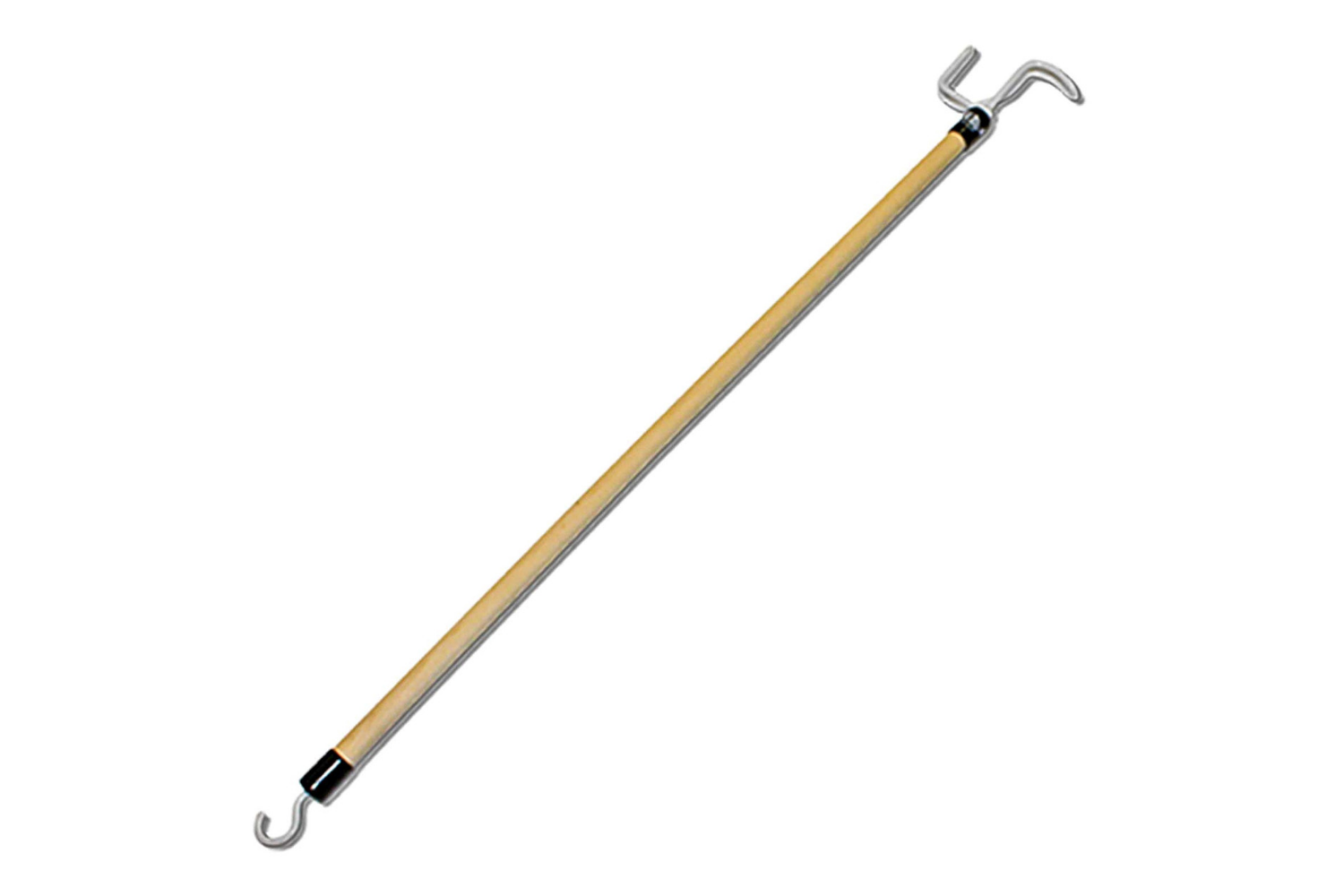
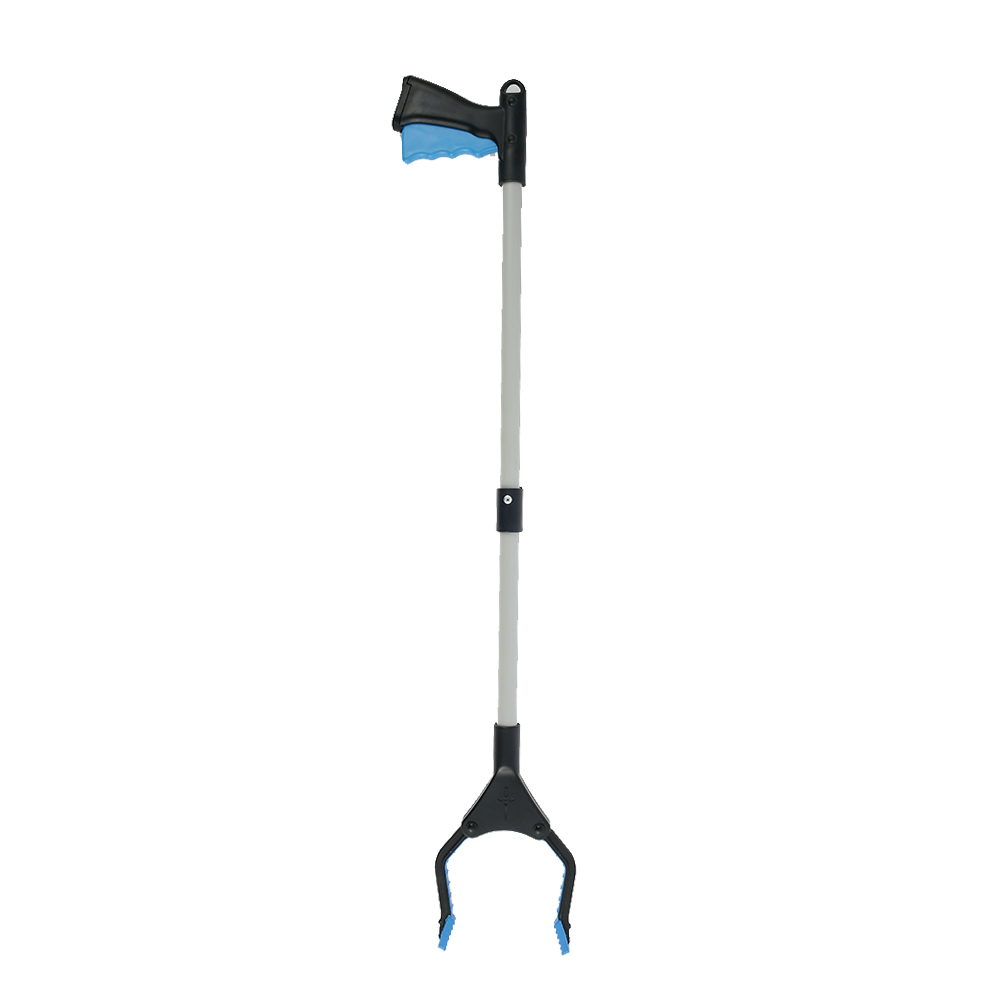
Entrance and exit support like door openers, limit ramps, and handrails can make it simpler for seniors with mobility impairments to get in and leave their houses safely. Furthermore, stairlifts and ramps can offer wheelchair access to different levels of the house, enabling senior citizens with impairments to move around separately and comfortably.
In summary, house modification aids are necessary for elders with specials needs to preserve their independence and enhance their lifestyle. By making basic adjustments to the home, such as installing grab bars, adjustable-height countertops, and bed rails, seniors with mobility impairments can decrease the risk of falls and enhance their security and convenience. It is essential to consider these house adjustment help to promote ease of access and self-reliance for seniors with specials needs.
Communication is a crucial element of life, and for people with speech impairments, communication help play an essential function in allowing them to reveal themselves successfully. Assistive innovation such as speech acknowledgment software application, speech synthesizers, and communication boards can assist individuals with speech impairments to communicate more efficiently.
Moreover, speech treatment can help improve speech production, expression, and fluency for people with speech impairments.
Hearing gadgets such as hearing help and cochlear implants can help individuals with hearing impairments in communicating with others efficiently. These gadgets enhance sound and can assist individuals with hearing loss to hear more clearly.
In addition, language translation software application or gadgets can help individuals who speak various languages to communicate with each other. Sign language interpreters can also be utilized to help individuals with hearing impairments in interacting successfully.
Communication help offer individuals with impairments the opportunity to interact with others and express themselves successfully. As innovation continues to advance, communication aids are becoming more budget friendly and available, making it much easier for people with disabilities to interact.
Nevertheless, it is essential to note that communication help are not a one-size-fits-all option, and what works for one person might not work for another. Therefore, it is important to work with a healthcare expert or a speech-language pathologist to identify the very best interaction aid for a private with a disability.
Mobility help such as walking canes, walkers, and wheelchairs offer increased self-reliance and safety when browsing life.
Adaptive tools for consuming guarantee that senior citizens can continue to delight in meals without difficulty.
Tools for dressing and grooming permit seniors to preserve their individual hygiene and self-respect.
House adjustment aids, such as grab bars and shower chairs, can avoid falls and enhance availability.
Lastly, interaction help, such as hearing aids and speech-generating gadgets, can help elders preserve social connections and self-reliance.
These help are more than simply gadgets, they are signs of hope and freedom for seniors. They serve as a suggestion that age or physical limitations ought to not restrict one's capability to delight in life to the fullest.
As compassionate and educated members of society, it is our task to promote for and support the use of these help to empower and improve the lives of elders with impairments.
Social Security Disability offers a safety net for countless Americans who can not work because of extreme illness or injury. Although the advantages are modest-less than $1,200 per month on average-they help many meet their standard requirements.
To get impairment advantages, you need to have a medically determinable condition that is expected to last a minimum of a year or lead to death and avoid you from taking part in any substantial gainful activity. The SSA definition of special needs is rigorous.
For the handicapped, Social Security disability payments are essential to managing. These modest payments keep lots of beneficiaries above the poverty level, and they enable them to afford the treatment that they require. They also help them to pay for basic living costs like housing and food. As a result, it is vital that applicants for special needs benefits offer accurate and complete details to the SSA when using. A little error might have a significant effect on the process and might even result in a rejection of your claim.
When Congress was choosing how to reform the old adult welfare programs in 1949, its attention fixated the subject of special needs. Supporters of the new program wished to ensure that those who certified would get rehab, instead of just a cash payment. They argued that cash payments were not enough to permit people who might not work to make it through. In the end, Congress decided to include disability insurance in the legislation that developed Social Security.
While supporters favored rehab, Social Security scientists feared that stringent definitions of impairment may cause press to admit more individuals to the special needs rolls. This pressed officials to adopt more flexible meanings, however the system still has stringent eligibility guidelines.
Presently, there are about 9.7 million individuals getting Social Security special needs benefits. These include disabled employees, kids of handicapped workers, and the partners of handicapped employees. The majority of individuals who get special needs benefits are senior. The variety of SSDI recipients has actually been increasing throughout the majority of the program's history. This is because the infant boomers are reaching their most disability-prone years, and more women have signed up with the labor force.
In cases where a person can not handle their monetary affairs because of a mental disability, the Social Security Administration will appoint a representative payee to manage their financial resources. The representative payee will receive the individual's benefits, disburse them to payers (like property owners), and offer money management assistance. The SSA does not charge for this service, and the individual's pal or member of the family frequently acts as a representative payee.
Necessary Disability Aids For Elders
Numerous Americans think that special needs is something that impacts the elderly, however severe disabilities can strike individuals at any age. In fact, research studies show that a 20-year-old employee has a 1-in-4 chance of ending up being handicapped prior to reaching retirement age. For these people, our disability advantages are important lifelines that keep a roof over their heads and food on the table for them and their households.
To receive these modest, yet important, regular monthly payments, a person needs to meet SSA's meaning of disability. This requires that the medical condition( s) need to be extreme sufficient to prevent them from carrying out any work they have actually performed in the past, or from getting used to other kinds of work. In addition, the condition needs to last or be anticipated to last a year or more or lead to death.
The first step in the examination process is to identify if the impairment( s) are extreme by assessing how your condition limitations your capability to carry out everyday jobs, such as strolling, sitting, standing, lifting, and keeping in mind. If your condition is serious, you carry on to the next step in the evaluation process.
At this step, SSA identifies whether your medical condition meets or clinically equates to a specific listing of conditions that SSA developed in consultation with medical experts. The company also thinks about whether your condition is disabling under the wider, less restrictive definition of disability as defined in the Social Security Act. If SSA finds that your condition is severe under both definitions, you are found to be handicapped and your advantages begin.
Nevertheless, the intricacies of the impairment evaluation system and the rigorous standard for disability mean that many individuals who are eligible for impairment never get the benefits they need. For those who do, SSA disability helps them live independently, meet the standard requirements of themselves and their households, and access community services that can help them remain healthy and active. The SSA special needs programs, along with Supplemental Security Earnings (SSI), are core components of our country's safety net. Their modest however vital payments make it possible for countless Americans to live in peace and security.
Many individuals who have limited mobility struggle with typical tasks like selecting things up off the flooring or reaching into cabinet drawers. Carrying out these tasks without a grabber can become challenging and even dangerous, especially for those who struggle with pain in the back, arthritis, or have limited balance and strength. Fortunately, there are numerous kinds of grabber tools that can make these jobs a lot easier and less difficult for those who have problem standing or bending over.
The standard grabber tool has a long shaft with a trigger on top that operates a set of jaws. When the user squeezes the trigger, the jaws close and grip an object, getting rid of the requirement for the operator to flex over or utilize an action ladder. This tool is particularly beneficial for picking up garbage or items dropped on the ground, and can also be utilized to reach high racks or into other hard-to-reach places like drawers or cabinets.
Several elements can differ among grabber tools, consisting of size, maneuverability, and the grabbing system. For example, some designs are shorter and lighter than others, making them simpler to deal with. Some designs also fold down, minimizing the total length of the tool to half, which can be practical for storage or travel. Others feature loops or clips for attaching them to walking canes, walker sticks, or wheelchairs when not in use.
Other grabber tools are particularly designed for clothes or personal health tasks, such as assisting a person reach their socks and stockings without the requirement to flex or stretch. Some designs have a textured grasping surface, which works for keeping slippery or sticky items, and some have an integrated magnet for recovering little metal things.
For those who have a restricted spending plan, it can be valuable to compare costs of numerous grabber tools before buying one. Some sites even supply a contrast chart to assist customers find the right model for their requirements and budget. In addition to rate, other important factors to consider for selecting a grabber consist of the optimum weight that can be raised and the maximum reach of the tool.
Stair lifts and wheelchair ramps can make a substantial distinction in the lives of handicapped individuals. They can help them stay in their homes, enabling them to enjoy all the comforts of home life and to live longer. Stair lifts can also be a lifesaver when it pertains to getting out of the car or a home, and they are especially helpful for individuals with impairments who may have trouble bending or reaching.
The Social Security Disability Insurance (SSDI) program provides modest however essential benefits to employees who are not able to support themselves because of severe and lasting medical problems. The program is administered by the Social Security Administration. About 8.2 million handicapped employees get SSDI payments. A few of these receivers likewise receive payments for their partners and kids.
As the baby boomers went into retirement age, the eligibility swimming pool for SSDI peaked. Population growth, aging, and increased female labor-force involvement improved eligibility too. Social Security's eligibility rules are fairly rigorous compared to those of most other innovative nations. Most impairment beneficiaries count on SSDI for all or most of their earnings.
Almost all special needs candidates need to reveal that they can not carry out considerable rewarding activity (any work that generates profits of $1,310 each month for most people and $2,190 for blind individuals) anywhere in the nationwide economy. Those with minimal education or low abilities generally can't change careers to something sedentary, so they are far more likely to receive SSDI than those who can easily do sedentary jobs.
Social Security conducts ongoing quality reviews of impairment choices at all levels, however errors happen primarily at the preliminary application stage. Mistake rates fall at the ALJ stage, which is staffed by experienced experts, but there are still a lot of errors.
Most people presume that Medicare will cover the cost of stair lifts and ramps, but they are wrong. Medicare does not pay for them unless they are definitely needed to keep a private safe in their house and to prevent avoidable hospitalizations. Fortunately, there are other funding alternatives for these kinds of ease of access devices. If an individual is a veteran, for instance, the Veterans Administration health care system will money the purchase of a stair lift or ramp.
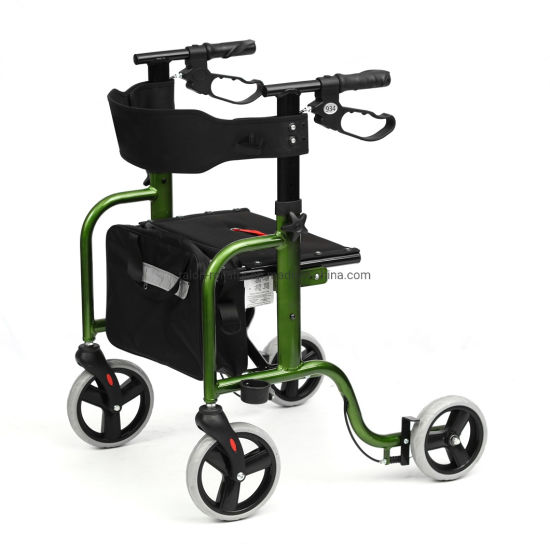
What are some common disability aids for seniors?
Common disability aids for seniors include mobility aids like canes, walkers, wheelchairs, and scooters, adaptive tools for dining such as specialized utensils and cups, dressing aids like button hooks and adaptive clothing, home modification aids like grab bars and adjustable countertops, and communication aids such as speech recognition software and hearing aids.
How can disability aids help seniors maintain their independence?
Disability aids can help seniors maintain their independence by assisting them in performing daily tasks that they might find difficult due to physical limitations or disabilities. For example, mobility aids can help them move around, adaptive tools can make eating and dressing easier, and communication aids can improve their ability to interact with others.
Are there specific disability aids that can help seniors with mobility issues?
Yes, there are numerous disability aids designed to assist seniors with mobility issues. These include canes, walkers, wheelchairs, scooters, stairlifts, and transfer equipment. These aids can help seniors navigate their surroundings safely and independently.